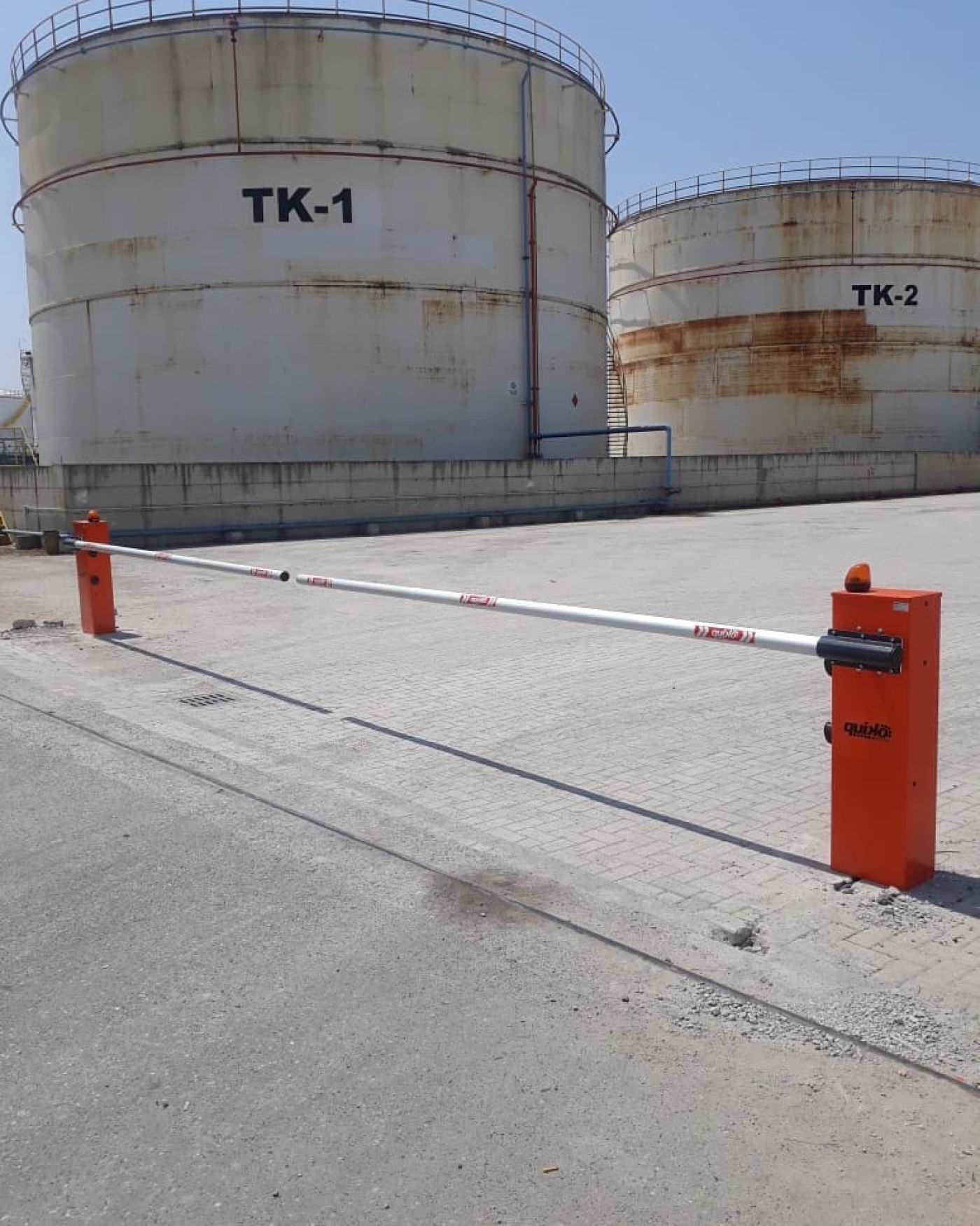How to see standard measures for automatic bollard installation

Whether you have a low-security facility where restricted access needs to be limited to certain staff or critical areas, or wish to protect pedestrians in and around your main commercial property, automatic bollard systems are an affordable and reliable solution for your business. In many cases, they are capable of providing a level of protection not only for your staff but also for the public that will allow them the confidence and peace of mind that comes from knowing that your premises are well protected. Available as either fail-safe or fail-secure so that should a major power outage occur, you can still continue to operate your business with minimal disruption. If you think that your security needs might be better addressed with a bollard system, it’s important to understand that their installation does not have to involve any high level of technical skill, and in fact installing your own automated signage is often straightforward.
Although many companies might suggest that installing an automatic bollard system would mean having to install a key fob, this is actually not the case. As mentioned previously, automatic bollard installation means that you will need to purchase a key fob, but an alternative to this could be to use a hydraulic door keypad.
One other way in which automatic bollard signage is set up is on outdoor ledges or walkways. Because automatic bollard installation involves installing an electrical cable between a raised panel and the base station, in order to successfully implement this solution, it is important to ensure that there is sufficient headroom to accommodate the cable. The height at which the cable can be installed is dependent upon the type of installation, and this is usually around 6 inches. In the same way, as with cable cables, the rising bollard system requires the same type of headroom to work properly. Therefore, when installing an outdoor signage system it is important to ensure that there is enough space to install the rise and fall bollard.

The final consideration when installing automatic bollard systems relates to the method in which the signage is mounted to the outside of the property. Many people will choose to mount their key fob up towards the top of the garden wall so that they are clearly visible to passing motorists. Other people may choose to mount their signage at the bottom of the driveway so that it is out of view but close enough to act as an effective deterrent. Whichever method is chosen, it is important to ensure that the signage is mounted onto a sturdy and stable surface. Failure to do this could result in the automatic bollard system failing, potentially causing damage to the property or injury to anybody.
The installation of automatic bollard systems on the grounds of the property is normally referred to as ‘man-made’ access control. This term refers to the fact that the system is controlled by an individual, not a company, and that any changes to the property must be authorised by the individual who is in charge of access control. This type of access control is most commonly used on residential properties, as it makes it far easier for people to gain access to the property. However, it is also used on commercial properties, and there are many different types of automatic bollard systems that are used for both residential and commercial applications.
Automatic Bollards by Leading Bollard System Manufacturer
Regardless of whether you are looking to install automatic bollard systems on your own property, or if you want to engage the services of an installer, it is important that you see standard measures first. It is important that you see the requirements laid out by the manufacturer, and that you get in touch with an expert consultant to discuss which type of system will work best on your property. An expert will be able to show you how each system works and will be able to see if your property is suitable for a particular system. These experts will also be able to offer you examples of systems they have installed on other commercial premises so that you can assess whether you will need the same or different types of access control.